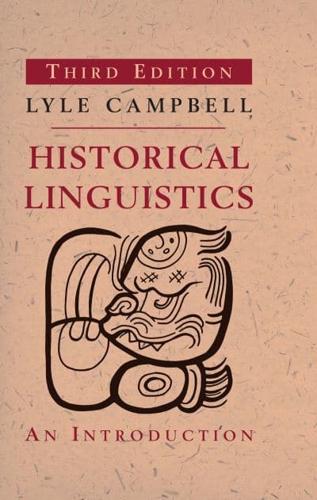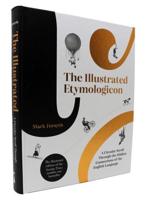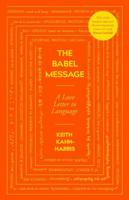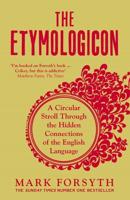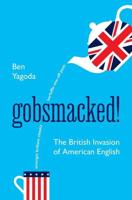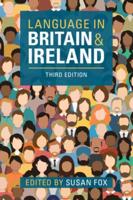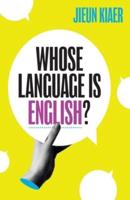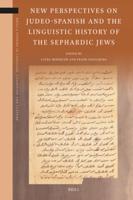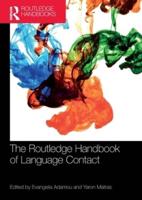Publisher's Synopsis
The new edition of a comprehensive, accessible, and hands-on text in historical linguistics, revised and expanded to reflect recent developments in the field.This accessible, hands-on textbook not only introduces students to the important topics in historical linguistics but also shows them how to apply the methods described and how to think about the issues. Abundant examples and exercises allow students to focus on how to do historical linguistics. The book is distinctive for its integration of the standard topics with others now considered important to the field, including syntactic change, grammaticalization, sociolinguistic contributions to linguistic change, distant genetic relationships, areal linguistics, and linguistic prehistory. It also offers a defense of the family tree model, a response to recent claims on lexical diffusion/frequency, and a section on why languages diversify and spread. Examples are taken from a broad range of languages; those from the more familiar English, French, German, and Spanish make the topics more accessible, while those from non-Indo-European languages show the depth and range of the concepts they illustrate.This third edition includes new material based on the latest developments in the field, increased coverage of computational approaches, and additional exercises. Many of the chapters have been revised or expanded, with new coverage of such topics as morphological change, language families, language isolates, language diversity, the Romani migration case, and misconceptions in recent work about historical linguistics. New for this edition is a downloadable instructor's manual with answers to exercises.
